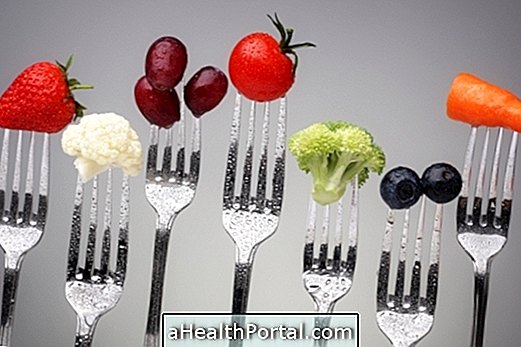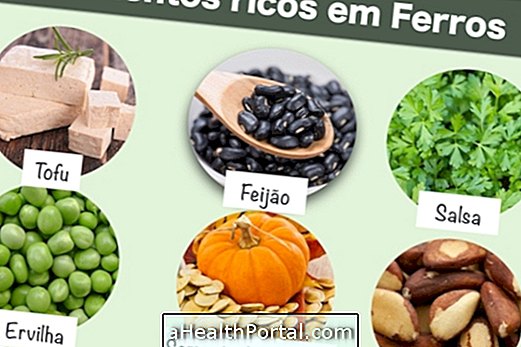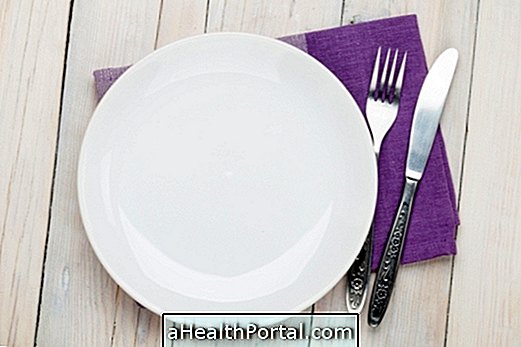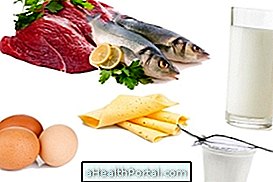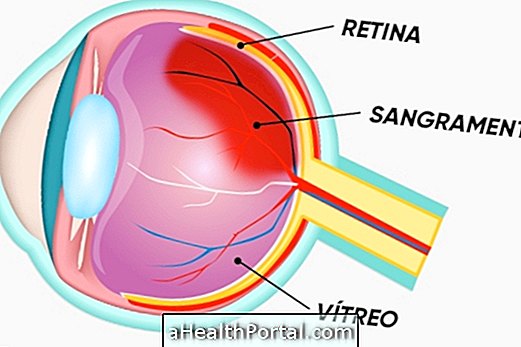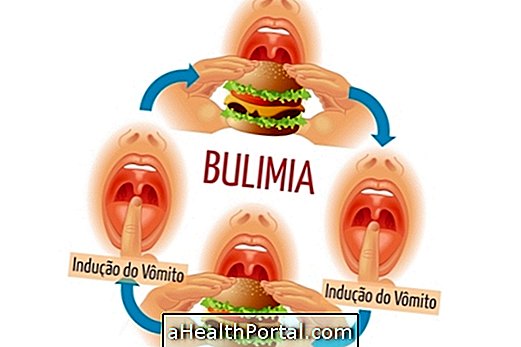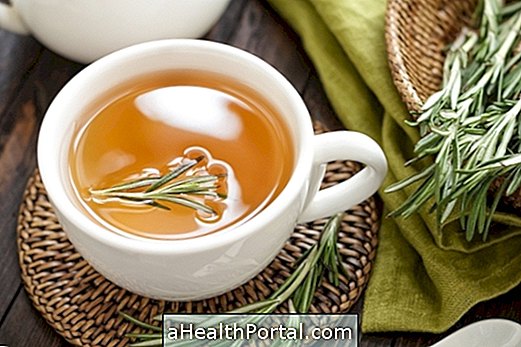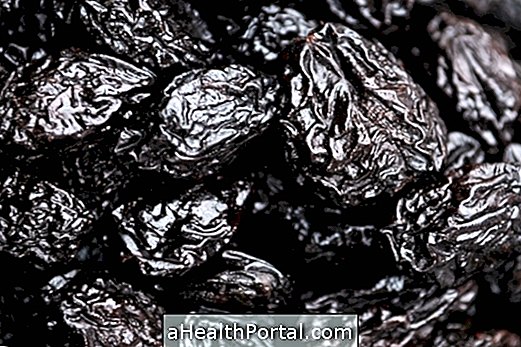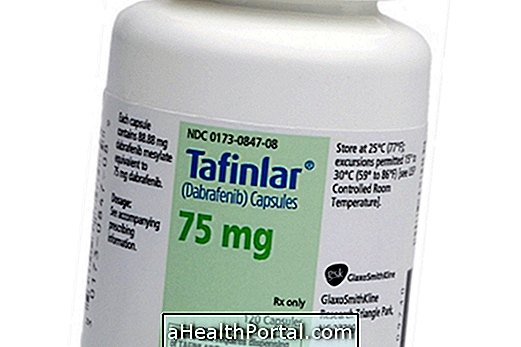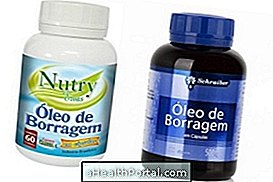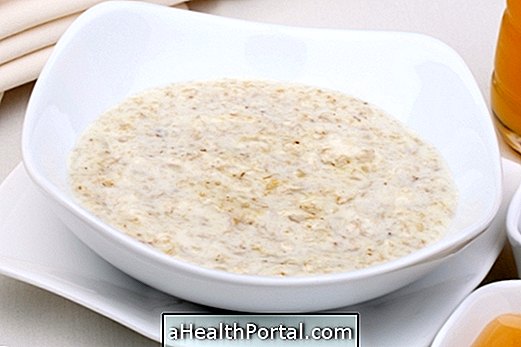In the diet for kidney failure, it is necessary to control the intake of nutrients such as salt, phosphorus, potassium and protein, and in more severe cases also it is necessary to control the consumption of liquids in general, like water, juices and soups.
Thus, these patients need to avoid eating meat, fish, nuts, beans and some types of fruits and vegetables, such as orange, kiwi, tomato and potatoes. However, there are also strategies to reduce the potassium content of fruits and vegetables, such as peeling vegetables and changing cooking water at the time of preparation.
It is important to remember that the amount and food allowed or prohibited varies according to the stage of the disease and the patient's exams, and therefore the diet for renal failure is specific to each person and should be personally oriented by a nutritionist.
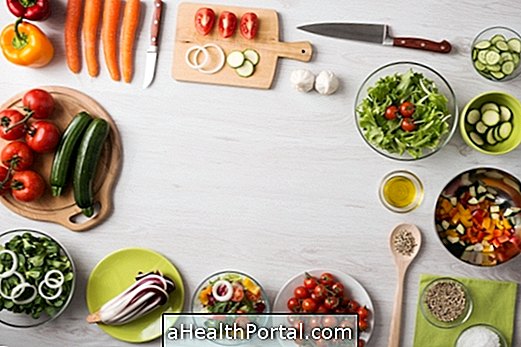
Foods to be controlled
In general, foods that should be consumed in moderation by those with kidney failure are:
1. Foods rich in potassium
The kidney of patients with kidney failure has difficulty eliminating excess potassium from the blood, and so these people need to control the intake of that nutrient. Foods rich in potassium are:
- Fruits: avocado, banana, coconut, fig, guava, kiwi, orange, papaya, passion fruit, mexerica or tangerine, grape, raisins, plums, prunes, lime, melon, apricot, blackberry, date;
- Vegetables: potatoes, sweet potatoes, cassava, mandiocin, carrot, beet, celery, kale, cauliflower, Brussels sprouts, radish, tomato, canned hearts of palm, spinach, chicory, turnip;
- Legumes: beans, lentils, corn, peas, chickpeas, soybeans, fava beans;
- Whole grains: wheat, rice, oats;
- Whole foods: biscuits, pasta, breakfast cereal;
- Oilseeds: peanuts, nuts, almonds, hazelnuts;
- Industrialized products: chocolate, tomato sauce, beef and chicken broth tablets;
- Beverages: coconut water, sports drinks, black tea, green tea, matte tea;
- Seeds: sesame, flaxseed;
- Rapadura and cane juice;
- Diabetic salt and light salt.
Excess potassium can cause muscle weakness, arrhythmias, and cardiac arrest, so the diet for chronic kidney failure has to be individualized and accompanied by a physician and nutritionist who will assess the appropriate amounts of nutrients for each patient.


2. Food rich in phosphorus
Foods rich in phosphorus should also be avoided by people with chronic kidney failure to control kidney function. These foods are:
- Canned fish;
- Meats salted, smoked and sausage, such as sausage, sausage;
- Bacon, bacon;
- Egg yolk;
- Milk and dairy products;
- Soybeans and derivatives;
- Beans, lentils, peas, corn;
- Oilseeds such as nuts, almonds and peanuts;
- Seeds like sesame and flaxseed;
- Cocada;
- Beer, cola and hot chocolate.
Symptoms of excess phosphorus are itching in the body, hypertension and mental confusion, and patients with kidney failure should be alert to these signs.
3. Protein-rich foods
Patients with chronic renal failure need to control protein intake because the kidney also can not eliminate the excess of this nutrient. Thus, these people should avoid excessive consumption of meats, fish, eggs and milk and dairy products as they are foods rich in protein.
Ideally, the patient with kidney failure should eat only about 1 small beef steak at lunch and dinner, and 1 cup of milk or yogurt per day. However, this amount varies according to the function of the kidney, being more restrictive for those people whose kidney is almost gone.
4. Food rich in salt and water
People with kidney failure also need to control salt intake because excess salt increases blood pressure and forces the kidney to work, further damaging the function of that organ. The same happens with excess fluid, because these patients produce little urine, and excess fluid ends up accumulating in the body and causing problems such as swelling and dizziness.
So these people should avoid using:
- Salt;
- Seasonings such as beef broth tablets, soy sauce and English sauce;
- Canned food and frozen ready-made food;
- Packet snacks, chips and salt crackers;
- Fast food;
- Powdered or canned soups.
To avoid excess salt, a good option is to use herbs to season foods such as parsley, coriander, garlic and basil. The doctor or nutritionist will indicate the appropriate amount of salt and water allowed for each patient. See more tips on: How to decrease salt intake.


How to reduce potassium from food
In addition to avoiding the consumption of foods rich in potassium, there are also strategies that help reduce the potassium content of fruits and vegetables, such as:
- Peel fruits and vegetables;
- Cut and rinse food thoroughly;
- Put the gravy in water in the refrigerator one day before its use;
- Put the food in a pan with water and boil for 10 minutes. Then drain the water and prepare the food as you wish.
Another important tip is to avoid the use of pressure cookers and microwaves to prepare meals, as these techniques concentrate the potassium content in foods because they do not allow water to be exchanged.
Choosing Snacks
Restrictions on renal patient feeding can make it difficult to choose snacks. So the 3 most important guidelines in choosing healthy snacks in kidney disease are:
- Eat always cooked fruit (cook for 2 times), never reusing the cooking water;
- Restrict industrialized and processed foods that are usually rich in salt or sugar, preferring homemade versions;
- Eat protein only at lunch and dinner, avoiding their consumption in snacks.
See 5 ideas for potassium-poor snacks.
Diet for acute renal failure
The diet for acute renal failure is usually performed in a hospital setting, being carefully calculated the nutrients ingested by the patient and often using food through nutrient sera that are placed in the bloodstream.
After kidney function is restored, the patient receives specific instructions on what to eat to avoid the accumulation of toxins that are normally eliminated by the kidneys. Normally the elaborated diet is poor in protein, potassium, salt and phosphorus, as well as in the case of patients with chronic renal failure.
Watch our nutritionist's video to learn how you should take care of food:

